Reliable Chimney Inspection Services for Home Safety
Regular chimney inspections are essential for maintaining safety and efficiency in wood-burning fireplaces. Properly functioning chimneys prevent potential hazards and ensure optimal performance during use.
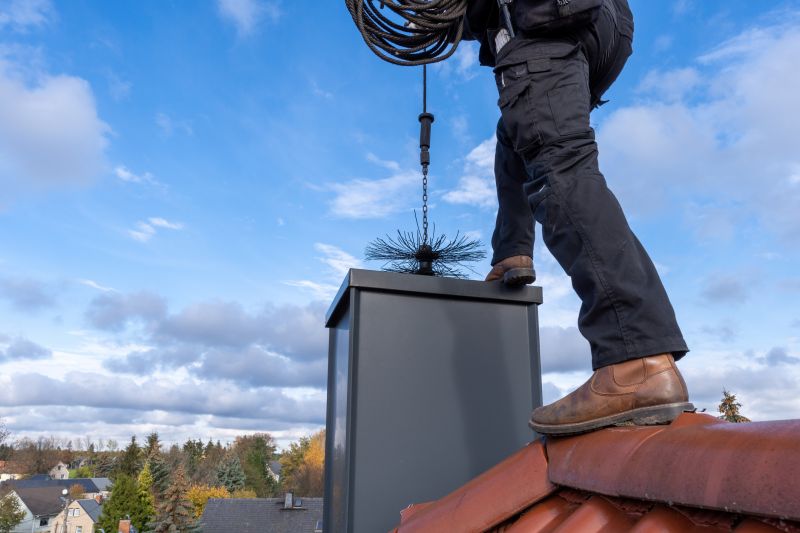
A chimney cap prevents debris, animals, and water from entering the chimney, reducing the risk of damage and blockages.
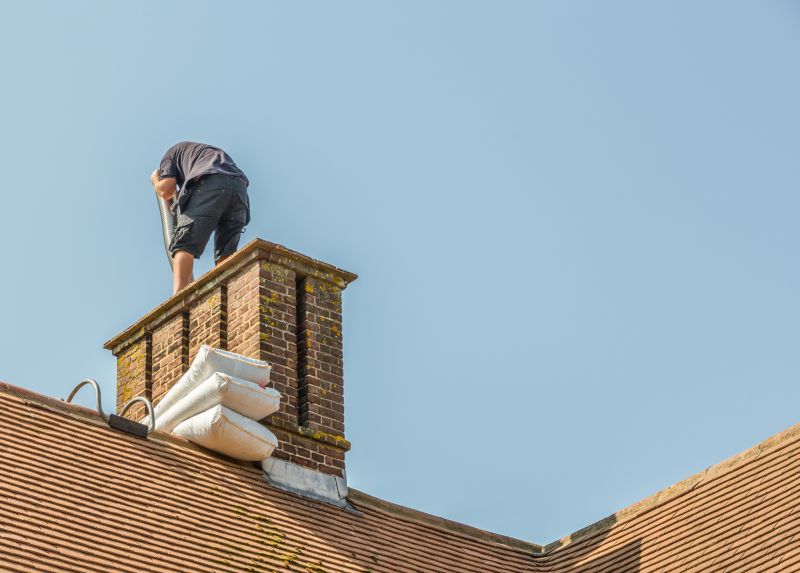
The liner protects the chimney walls from heat and corrosion, ensuring safe venting of smoke and gases.
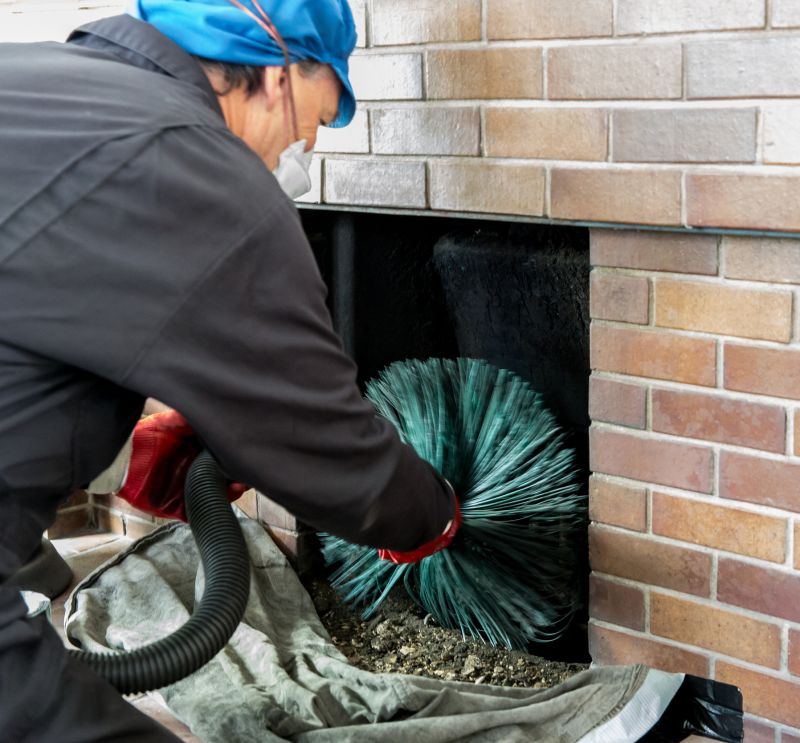
The damper controls airflow and combustion efficiency, and should be inspected for proper operation.
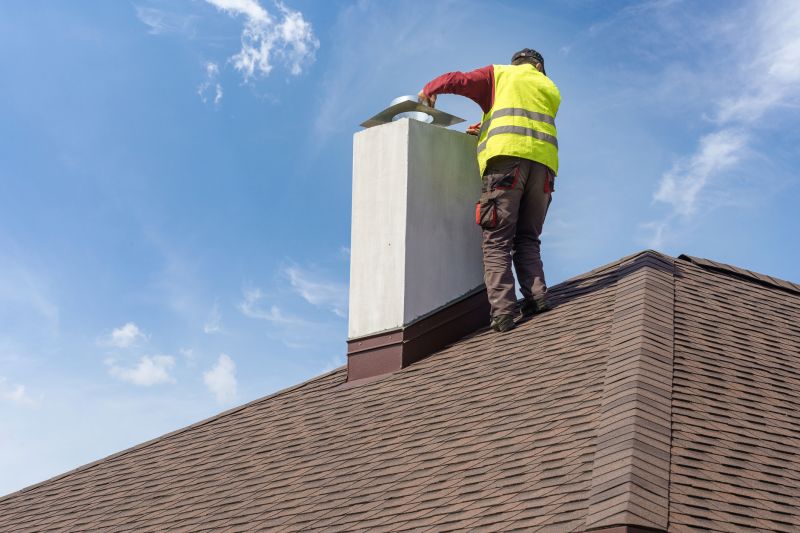
The flue directs smoke out of the home and must be clear of obstructions for safe operation.


A thorough chimney inspection identifies potential issues such as cracks, creosote buildup, or damaged components. Neglecting these can lead to chimney fires, carbon monoxide leaks, or structural damage. Ensuring all components are intact and functioning properly minimizes these risks.
Key parts include the chimney cap, liner, damper, smoke chamber, and firebox. Each plays a vital role in safe and efficient fireplace operation.
Indicators such as smoke spillage, odors, or visible damage suggest the need for an inspection.
Annual inspections are recommended to ensure safety and optimal function.
Failing to inspect can lead to dangerous blockages, fire hazards, or harmful gas leaks.
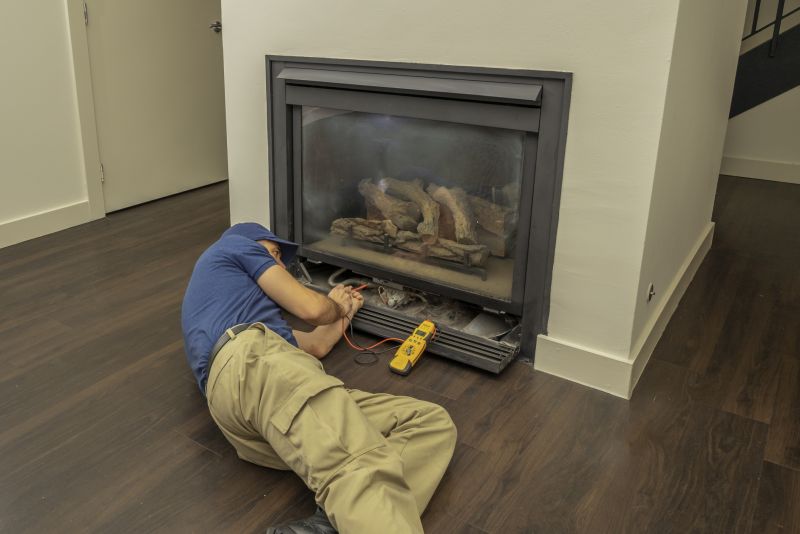
A well-maintained wood-burning fireplace ensures safe and efficient heating.
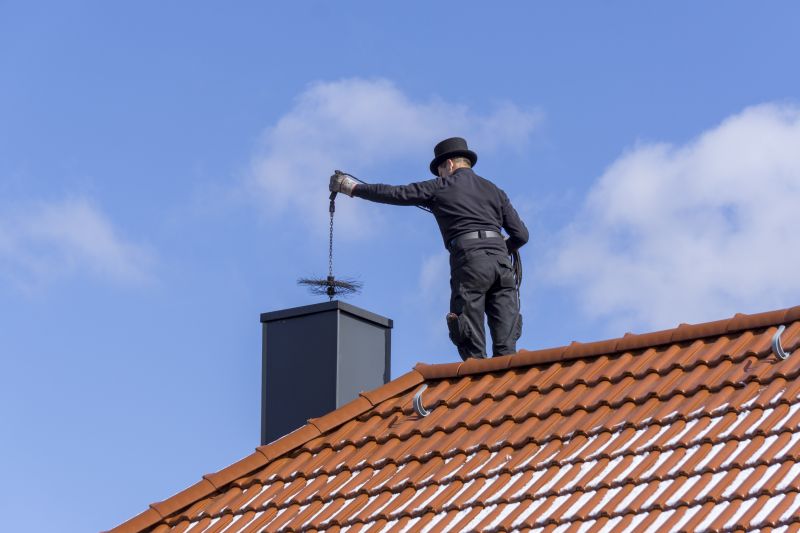
Professional inspection involves detailed assessment of all chimney components.

Accumulation of creosote increases fire risk and requires cleaning.
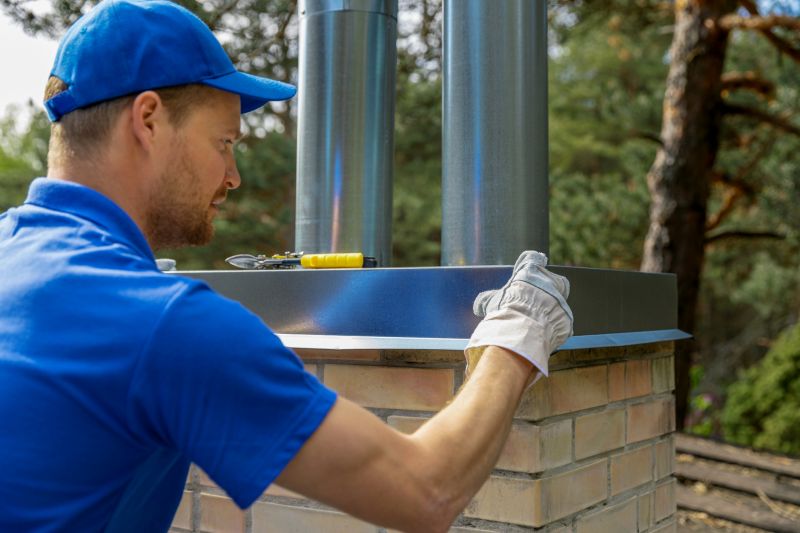
Ensuring the damper opens and closes properly is vital for safety.
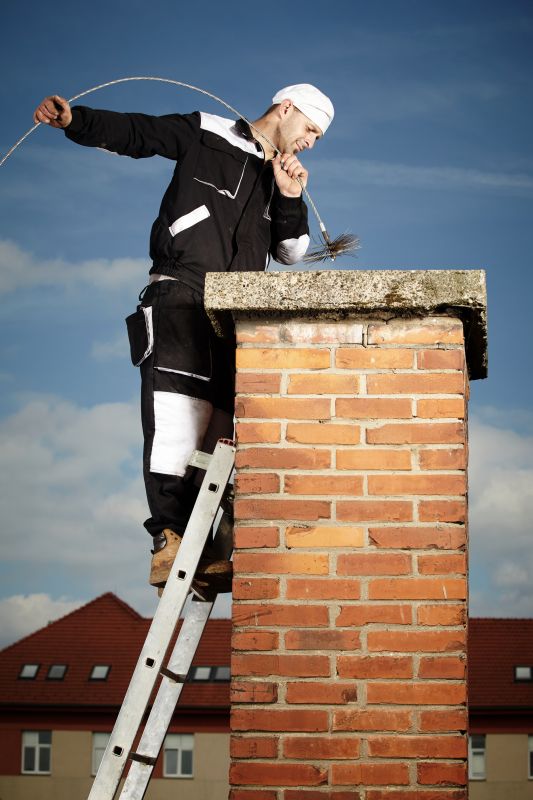
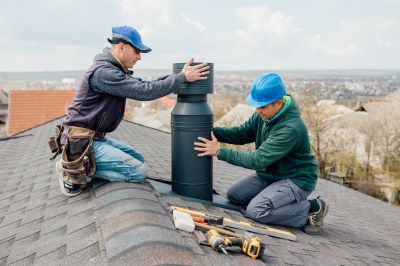
Regular inspections help detect issues early, preventing costly repairs and ensuring the safety of the fireplace environment. Proper maintenance of chimney components, including the cap, liner, and damper, contributes to effective operation and peace of mind.
For a comprehensive chimney inspection, contact the service provider through the contact form to receive a detailed quote. Professional assessment ensures that all components are functioning correctly and safety standards are met.



